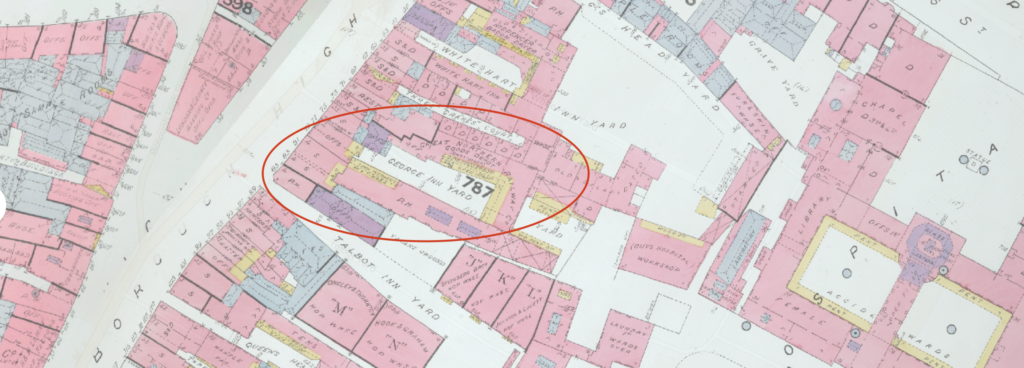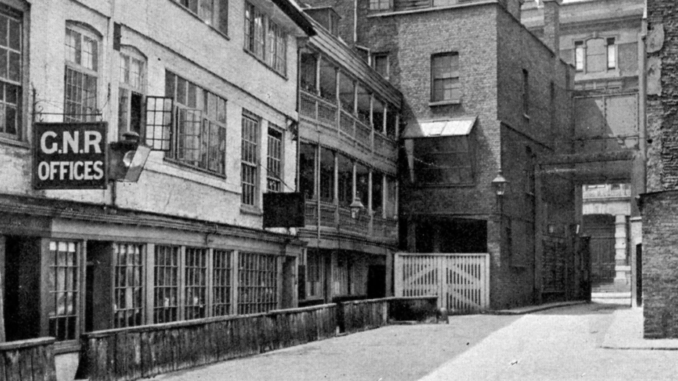
Pubs! Pubs are great (as I’ve mentioned before). If you truly want to experience London then you need to spend a few hours in a pub – watching, listening, talking and, of course, drinking beer.
After a session in the pub you will have a much deeper sense of what makes Londoners tick, the character of the city and the conviviality of its inhabitants than you will get from reading any number of guide books or magazine articles.
But despite my love, and frequent patronage of pubs, I’ve never written about specific boozers in the ten years or so that this blog has been going. So let’s correct that, and kick off an irregular series (like the ones I have for statues or blue plaques) on historic, unusual or otherwise notable pubs with a post about one of the capital’s oldest, most characterful, inns, The George, off Borough High Street.
And this is (or was) properly an inn, a 17th century galleried coaching inn (the last surviving example of one of these in London). It’s a place where travellers would stay or get refreshment as they broke their journey, or waited for a change of horses. From here coaches and wagons rattled down to Kent and the rest of the south east, and it was certainly not alone, as there were many more (to name just a handful: the King’s Arms, the White Hart, the Queen’s Head, and the Tabard – latterly The Talbot – from which Chaucer’s pilgrims departed for Canterbury).
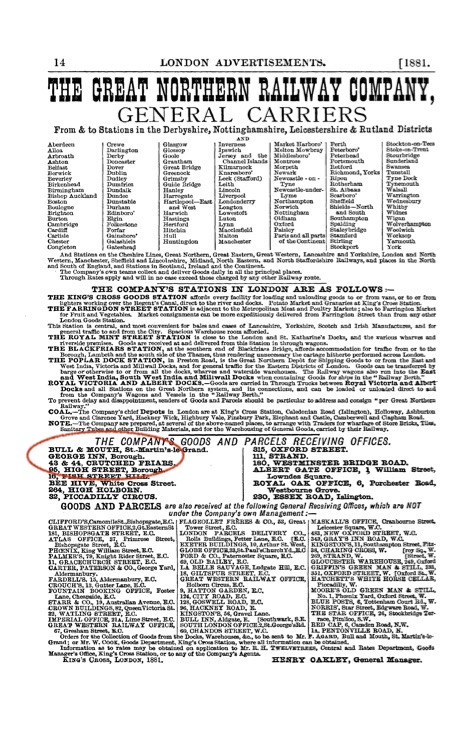
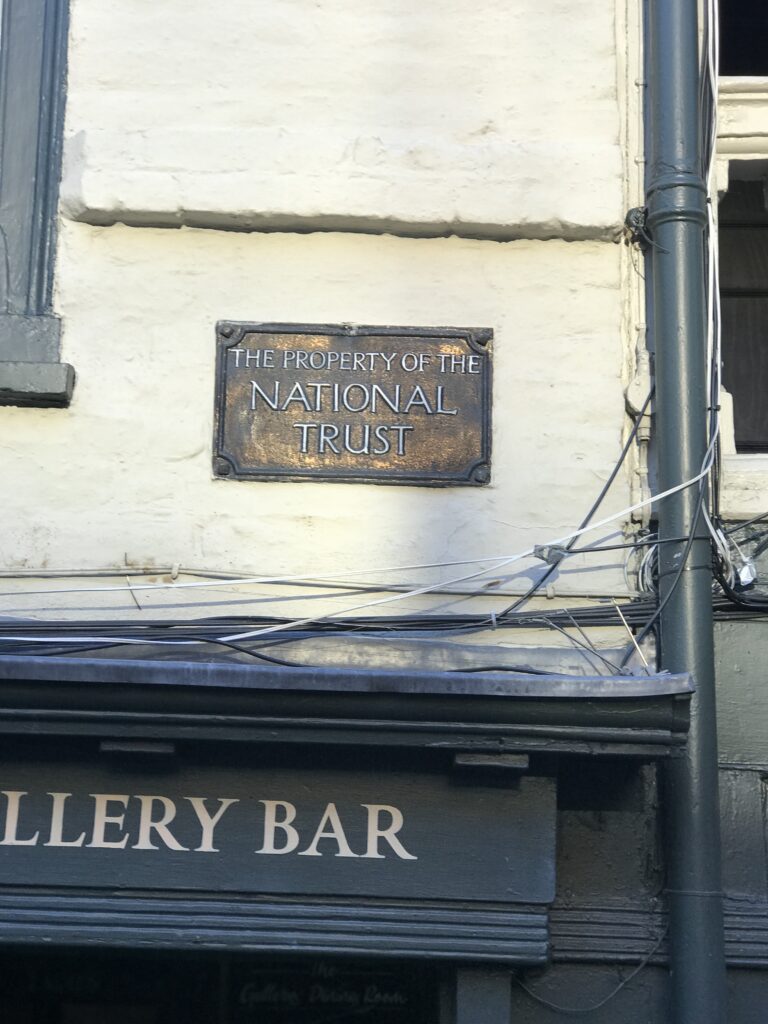
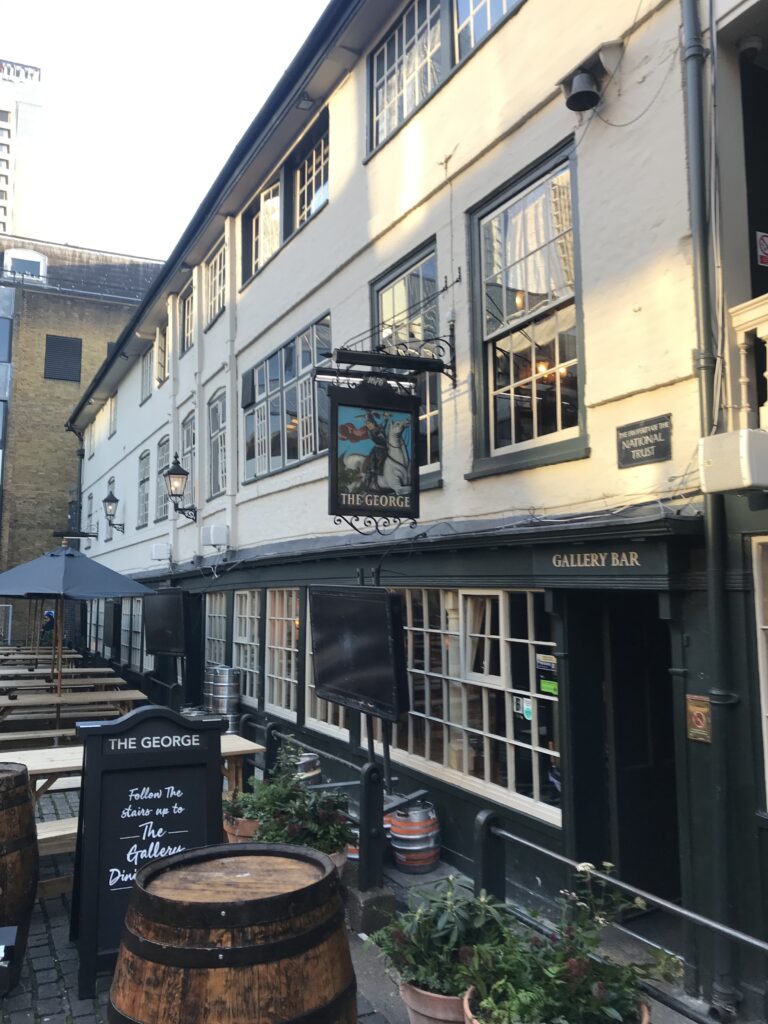
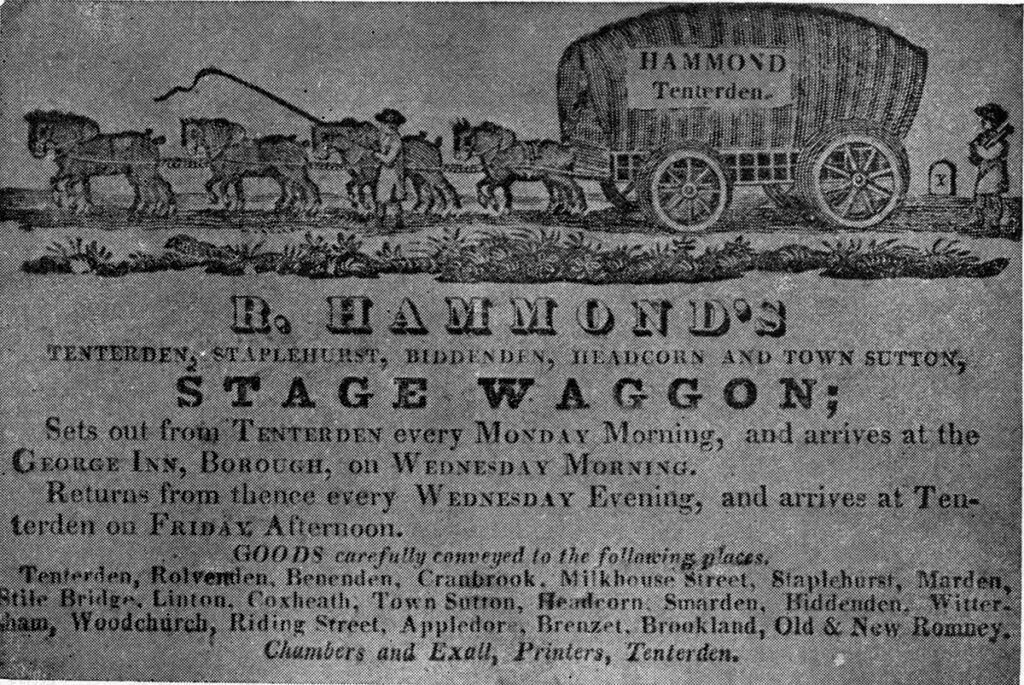
Only one ‘wing’ of The George’s historic survives, two others (which made up the three sides of the internal courtyard) seem to have been demolished around 1890. Around this time the inn was bought by the Great Northern Railway company; the pub continued, but the GNR used the site for one of its ‘goods and parcels receiving offices’. The 1887 ‘Goad’ map clearly labels the ‘offices’ and the ‘good depot’ on the GNR.
The GNR was subsumed within the London and North Eastern Railway (LNER), who sold the site to the National Trust in 1937, and they own it still (although the management of the pub is with Greene King).
The George is Grade I listed as there are surviving parts from the 17th and 18th centuries. Although destroyed and rebuilt after the 1676 Southwark Fire, the inn is mentioned in Stow’s 1598 Survey, but there has probably been an inn on the site since mediaeval times.
If you visit, be sure to go into the Parliament Bar (named after the 18th century ‘Parliament Clock’ that still hangs in the room). This is the old tap room of the pub, a dark panelled space (which used to have a fire burning in the grate, even in summer) where, according to a book on the inn written in 1918, “Here gathered in the old days the coachmen; the Tony Wellers of his day and before, with their long clay pipes and tankards of beer, met to discuss the events of the day and the road, whilst the ostlers saw to the watering and care of their horses further down the yard.”
![]() The best book about London pubs is the one published by Open City: Public House: A Cultural and Social History of the London Pub, which I reviewed here. Copies are available on Amazon.
The best book about London pubs is the one published by Open City: Public House: A Cultural and Social History of the London Pub, which I reviewed here. Copies are available on Amazon.

